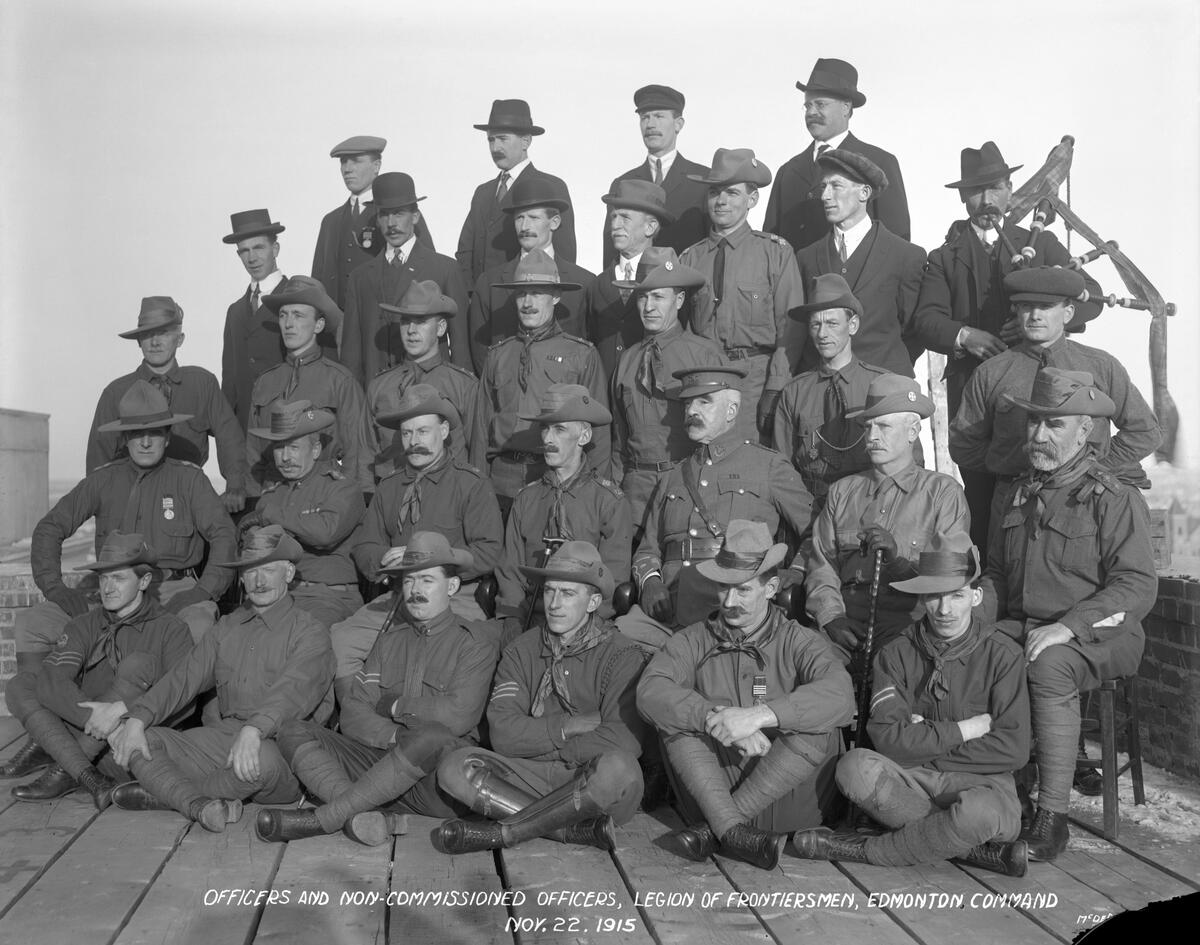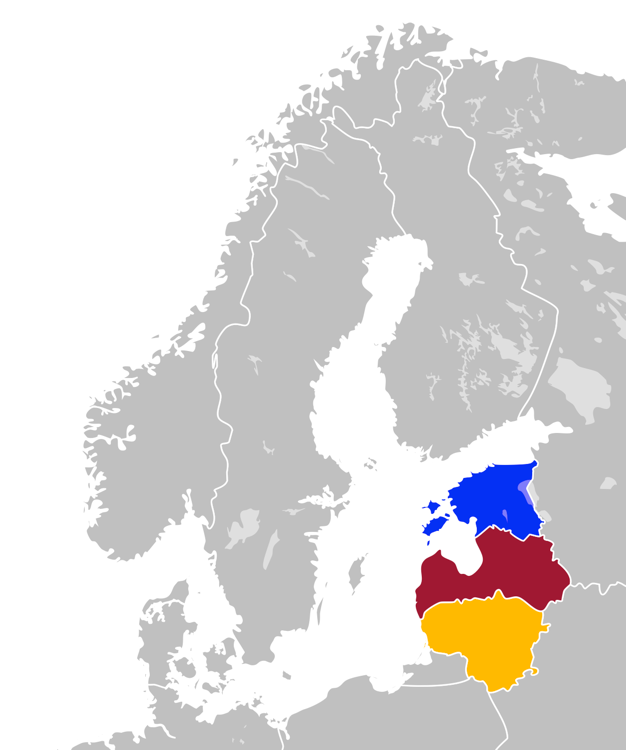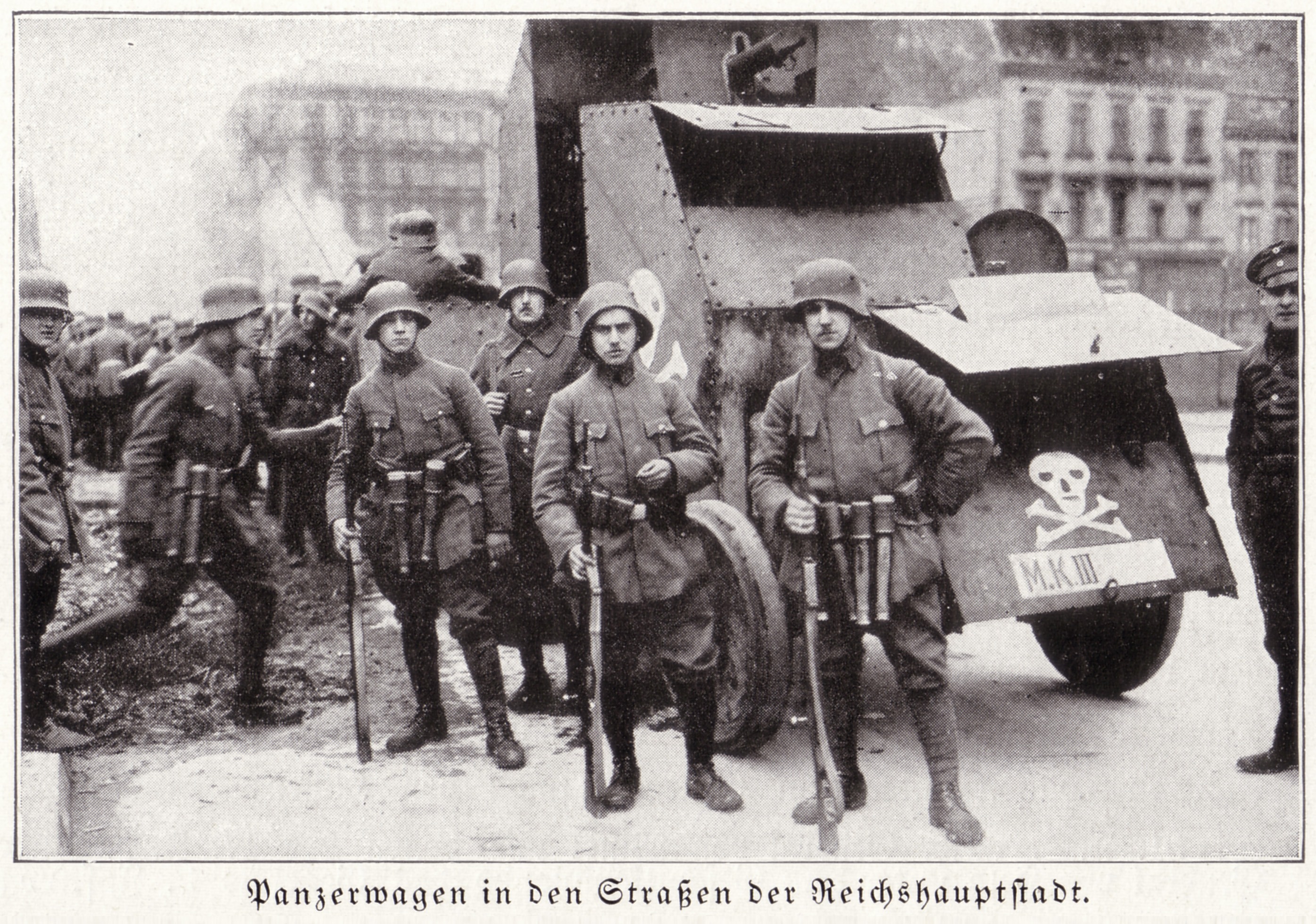|
Gerret Korsemann
Gerret Korsemann (8 June 1895 - 16 July 1958) was a German SS-''Gruppenführer'' and ''Generalleutnant'' of Police. During the Second World War he served as a police official in the General Government and as an SS and Police Leader in the occupied Soviet Union where he was involved in the Holocaust. At the end of the war, he was convicted of war crimes and imprisoned in Poland. Early life Korsemann was born in Nebel and took part in the First World War as a soldier in the Imperial German Army, receiving the Iron Cross 1st and 2nd class and the Wound Badge in black. After the end of the war, he served in the ''Freikorps'' "Grodno" in the Baltic States from 1919 to 1920, and remained there during the early 1920s. After returning to Germany, Korsemann joined the Nazi Party (membership number 47,735) and its paramilitary unit, the ''Sturmabteilung'' (SA), in November 1926. As an early Party member, he was a holder of the Golden Party Badge. While an SA-''Standartenführer'', he l ... [...More Info...] [...Related Items...] OR: [Wikipedia] [Google] [Baidu] |
Nebel, Germany
Nebel (Öömrang: ''Neebel'') is a municipality on the island of Amrum in the district of Nordfriesland in Schleswig-Holstein, Germany. Geography and traffic Until the end of 2006, Nebel was the seat of the ''Amt'' Amrum and as such it was the administrative centre of the island of Amrum. Süddorf (Öömrang: ''Sössaarep'') and Steenodde (''Stianood'') are minor districts of Nebel. The western part of the village is called Westerheide. Nebel is situated on the bus line from Wittdün to Norddorf. Until 1939 Nebel had a rail head station of Amrum's island railway. In Steenodde, there is a small harbour. History Nebel was presumably founded in the early 16th century. It is thought that the name is derived from the words ''nei'' and ''bel'', where the former means "new" and the latter is based on the ancient Danish term ''boli'', "settlement" (confer Niebüll and Nieblum). The church of St. Clement was built in 1236 and was standing between the villages of Norddorf and Süddo ... [...More Info...] [...Related Items...] OR: [Wikipedia] [Google] [Baidu] |
War Merit Cross
The War Merit Cross (german: Kriegsverdienstkreuz) was a state decoration of Nazi Germany during World War II. By the end of the conflict it was issued in four degrees and had an equivalent civil award. A " de-Nazified" version of the War Merit Cross was reissued in 1957 by the '' Bundeswehr'' for its veterans. History This award was created by Adolf Hitler in October 1939 as a successor to the non-combatant Iron Cross which was used in earlier wars (similar medal but with a different ribbon). The award was graded in the same manner as the Iron Cross: ''War Merit Cross Second Class'', ''War Merit Cross First Class'', and ''Knights Cross of the War Merit Cross''. The award had two variants: ''with swords'' given to soldiers for exceptional service "not in direct connection with combat", and ''without swords'' given to civilians for meritorious service in "furtherance of the war effort". Recipients had to have the lower grade of the award before getting the next level. The ... [...More Info...] [...Related Items...] OR: [Wikipedia] [Google] [Baidu] |
Paramilitary
A paramilitary is an organization whose structure, tactics, training, subculture, and (often) function are similar to those of a professional military, but is not part of a country's official or legitimate armed forces. Paramilitary units carry out duties that a country's military or police forces are unable or unwilling to handle. Other organizations may be considered paramilitaries by structure alone, despite being unarmed or lacking a combat role. Overview Though a paramilitary is, by definition, not a military, it is usually equivalent to a light infantry force in terms of strength, firepower, and organizational structure. Paramilitaries use "military" equipment (such as long guns and armored personnel carriers; usually military surplus resources), skills (such as battlefield medicine and bomb disposal), and tactics (such as urban warfare and close-quarters combat) that are compatible with their purpose, often combining them with skills from other relevant fields suc ... [...More Info...] [...Related Items...] OR: [Wikipedia] [Google] [Baidu] |
Nazi Party
The Nazi Party, officially the National Socialist German Workers' Party (german: Nationalsozialistische Deutsche Arbeiterpartei or NSDAP), was a far-right political party in Germany active between 1920 and 1945 that created and supported the ideology of Nazism. Its precursor, the German Workers' Party (; DAP), existed from 1919 to 1920. The Nazi Party emerged from the extremist German nationalist, racist and populist paramilitary culture, which fought against the communist uprisings in post– World War I Germany. The party was created to draw workers away from communism and into nationalism. Initially, Nazi political strategy focused on anti– big business, anti-bourgeois, and anti-capitalist rhetoric. This was later downplayed to gain the support of business leaders, and in the 1930s, the party's main focus shifted to antisemitic and anti-Marxist themes. The party had little popular support until the Great Depression. Pseudoscientific racist theories were ... [...More Info...] [...Related Items...] OR: [Wikipedia] [Google] [Baidu] |
Baltic States
The Baltic states, et, Balti riigid or the Baltic countries is a geopolitical term, which currently is used to group three countries: Estonia, Latvia, and Lithuania. All three countries are members of NATO, the European Union, the Eurozone, and the OECD. The three sovereign states on the eastern coast of the Baltic Sea are sometimes referred to as the "Baltic nations", less often and in historical circumstances also as the "Baltic republics", the "Baltic lands", or simply the Baltics. All three Baltic countries are classified as high-income economies by the World Bank and maintain a very high Human Development Index. The three governments engage in intergovernmental and parliamentary cooperation. There is also frequent cooperation in foreign and security policy, defence, energy, and transportation. The term "Baltic states" ("countries", "nations", or similar) cannot be used unambiguously in the context of cultural areas, national identity, or language. While the majori ... [...More Info...] [...Related Items...] OR: [Wikipedia] [Google] [Baidu] |
Freikorps
(, "Free Corps" or "Volunteer Corps") were irregular German and other European military volunteer units, or paramilitary, that existed from the 18th to the early 20th centuries. They effectively fought as mercenary or private armies, regardless of their own nationality. In German-speaking countries, the first so-called ("free regiments", Freie Regimenter) were formed in the 18th century from native volunteers, enemy renegades, and deserters. These, sometimes exotically equipped, units served as infantry and cavalry (or, more rarely, as artillery); sometimes in just company strength and sometimes in formations of up to several thousand strong. There were also various mixed formations or legions. The Prussian included infantry, jäger, dragoons and hussars. The French ''Volontaires de Saxe'' combined uhlans and dragoons. In the aftermath of World War I and during the German Revolution of 1918–19, consisting largely of World War I veterans were raised as paramil ... [...More Info...] [...Related Items...] OR: [Wikipedia] [Google] [Baidu] |
Wound Badge
The Wound Badge (german: Verwundetenabzeichen) was a German military decoration first promulgated by Wilhelm II, German Emperor on 3 March 1918, which was first awarded to soldiers of the German Army who were wounded during World War I. Between the world wars, it was awarded to members of the German armed forces who fought on the Nationalist side of the Spanish Civil War, 1938–39, and received combat related wounds. It was awarded to members in the '' Reichswehr'', the Wehrmacht, SS and the auxiliary service organizations during World War II. After March 1943, due to the increasing number of Allied bombings, it was also awarded to civilians wounded in air raids. It was awarded when the wound was the result of enemy hostile action. In 1957, the West German government authorized a denazified (Swastika removed) version of the basic (black, silver, & gold) badges for wear on the Bundeswehr uniform, among other certain Nazi-era wartime awards. Classes The badge had three classes: ... [...More Info...] [...Related Items...] OR: [Wikipedia] [Google] [Baidu] |
First World War
World War I (28 July 1914 11 November 1918), often abbreviated as WWI, was one of the deadliest global conflicts in history. Belligerents included much of Europe, the Russian Empire, the United States, and the Ottoman Empire, with fighting occurring throughout Europe, the Middle East, Africa, the Pacific, and parts of Asia. An estimated 9 million soldiers were killed in combat, plus another 23 million wounded, while 5 million civilians died as a result of military action, hunger, and disease. Millions more died in genocides within the Ottoman Empire and in the 1918 influenza pandemic, which was exacerbated by the movement of combatants during the war. Prior to 1914, the European great powers were divided between the Triple Entente (comprising France, Russia, and Britain) and the Triple Alliance (containing Germany, Austria-Hungary, and Italy). Tensions in the Balkans came to a head on 28 June 1914, following the assassination of Arch ... [...More Info...] [...Related Items...] OR: [Wikipedia] [Google] [Baidu] |
Poland
Poland, officially the Republic of Poland, , is a country in Central Europe. Poland is divided into Voivodeships of Poland, sixteen voivodeships and is the fifth most populous member state of the European Union (EU), with over 38 million people, and the List of European countries by area, seventh largest EU country, covering a combined area of . It extends from the Baltic Sea in the north to the Sudetes and Carpathian Mountains in the south, bordering seven countries. The territory is characterised by a varied landscape, diverse ecosystems, and Temperate climate, temperate transitional climate. The capital and List of cities and towns in Poland, largest city is Warsaw; other major cities include Kraków, Wrocław, Łódź, Poznań, and Gdańsk. Prehistory and protohistory of Poland, Humans have been present on Polish soil since the Lower Paleolithic, with continuous settlement since the end of the Last Glacial Period over 12,000 years ago. Culturally diverse throughout ... [...More Info...] [...Related Items...] OR: [Wikipedia] [Google] [Baidu] |
Holocaust
The Holocaust, also known as the Shoah, was the genocide of European Jews during World War II. Between 1941 and 1945, Nazi Germany and its collaborators systematically murdered some six million Jews across German-occupied Europe; around two-thirds of Europe's Jewish population. The murders were carried out in pogroms and mass shootings; by a policy of extermination through labor in concentration camps; and in gas chambers and gas vans in German extermination camps, chiefly Auschwitz-Birkenau, Bełżec, Chełmno, Majdanek, Sobibór, and Treblinka in occupied Poland. Germany implemented the persecution in stages. Following Adolf Hitler's appointment as chancellor on 30 January 1933, the regime built a network of concentration camps in Germany for political opponents and those deemed "undesirable", starting with Dachau on 22 March 1933. After the passing of the Enabling Act on 24 March, which gave Hitler dictatorial plenary powers, the government began i ... [...More Info...] [...Related Items...] OR: [Wikipedia] [Google] [Baidu] |
Soviet Union
The Soviet Union,. officially the Union of Soviet Socialist Republics. (USSR),. was a List of former transcontinental countries#Since 1700, transcontinental country that spanned much of Eurasia from 1922 to 1991. A flagship communist state, it was nominally a Federation, federal union of Republics of the Soviet Union, fifteen national republics; in practice, both Government of the Soviet Union, its government and Economy of the Soviet Union, its economy were highly Soviet-type economic planning, centralized until its final years. It was a one-party state governed by the Communist Party of the Soviet Union, with the city of Moscow serving as its capital as well as that of its largest and most populous republic: the Russian Soviet Federative Socialist Republic, Russian SFSR. Other major cities included Saint Petersburg, Leningrad (Russian SFSR), Kyiv, Kiev (Ukrainian Soviet Socialist Republic, Ukrainian SSR), Minsk (Byelorussian Soviet Socialist Republic, Byelorussian SSR), Tas ... [...More Info...] [...Related Items...] OR: [Wikipedia] [Google] [Baidu] |






